Home>Articles>How High Can A Person Safely Climb On A Step Ladder
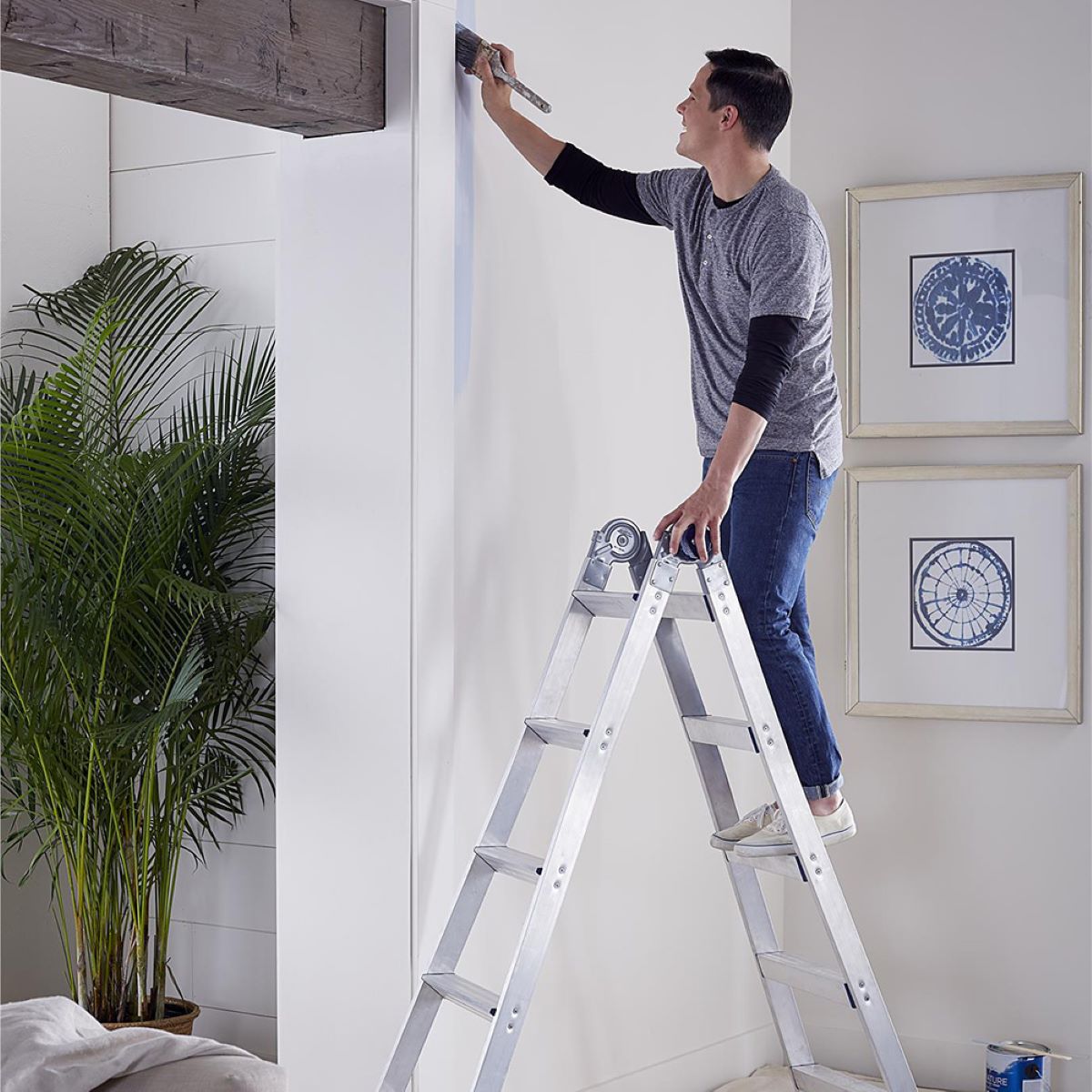

Articles
How High Can A Person Safely Climb On A Step Ladder
Modified: October 31, 2024
Get expert advice on using step ladders safely and learn why you should never climb higher than the top step. Read our informative articles now!
(Many of the links in this article redirect to a specific reviewed product. Your purchase of these products through affiliate links helps to generate commission for Storables.com, at no extra cost. Learn more)
Introduction:
Welcome to our comprehensive guide on step ladder safety! Step ladders are a common tool used in various industries and homes for a wide range of tasks, such as painting walls, changing light bulbs, or accessing high shelves. While step ladders are convenient and versatile, it is crucial to understand and adhere to safety guidelines to prevent accidents and injuries.
In this article, we will delve into the importance of using step ladders correctly and explore the maximum safe climb height for these essential tools. We will also discuss the hazards associated with exceeding this limit and provide you with practical tips on using a step ladder safely.
Whether you’re a professional tradesperson or a DIY enthusiast, understanding step ladder safety is essential for the well-being of yourself and others around you. So, let’s dive right in and explore the dos and don’ts of using a step ladder!
Key Takeaways:
- Never climb higher than the designated safe height on a step ladder to maintain stability, prevent falls, and ensure overall safety. Adhering to this limit is crucial for minimizing accidents and injuries.
- Prioritize safety by following practical tips, such as choosing the right ladder size, inspecting it before use, maintaining proper positioning, and wearing non-slip footwear. These measures create a safer working environment and reduce the risk of ladder-related accidents.
Read more: How To Safely Climb A Ladder
Understanding Step Ladder Safety:
Before we get into the specifics of maximum safe climb height, let’s start by understanding the fundamental principles of step ladder safety. Step ladders are designed to provide a stable platform for reaching elevated areas safely. However, accidents can happen if proper precautions are not taken.
Firstly, it is essential to choose the right type of step ladder for your task. Make sure the ladder is the correct height and weight capacity for the job at hand. Inspect the ladder before each use to ensure that it is in good working condition, with no broken rungs, loose parts, or visible damage.
When setting up the step ladder, ensure that it is on a stable and level surface. If the ground is uneven, use a ladder leveler or place a board underneath to maintain stability. Position the ladder at a safe distance from walls, doors, and electrical hazards to avoid any accidental bumps or shocks.
Always maintain three points of contact with the ladder: two feet and one hand or two hands and one foot. This will ensure stability and balance while climbing. Avoid overreaching or leaning to the side, as it can cause the ladder to tip over. Instead, reposition the ladder closer to the work area.
As an additional safety measure, make sure you are wearing appropriate footwear with non-slip soles. This will minimize the risk of slipping or losing your footing on the ladder rungs. Avoid carrying heavy tools or equipment while climbing the ladder, as it can throw off your balance and increase the chances of a fall.
Understanding and implementing these basic safety practices will go a long way in preventing ladder-related accidents. Now, let’s move on to determining the maximum safe climb height for step ladders.
Determining the Maximum Safe Climb Height:
The maximum safe climb height refers to the highest permissible step on a step ladder to which you can safely climb. Exceeding this limit can lead to loss of balance, falls, and serious injuries. Therefore, understanding and following the recommended safe climb height is vital for your safety.
Manufacturers typically provide guidelines regarding the maximum safe climb height for their step ladders. These guidelines are based on the ladder’s design, materials, and weight capacity. Generally, the safe climb height is indicated by a label or marked on the ladder itself.
To determine the maximum safe climb height, find the highest permitted step on the ladder. This is usually the step just below the top platform or the second-to-last step. Never climb above this designated step, as it can compromise the ladder’s stability and put you at risk of falling.
It is crucial to note that the maximum safe climb height may vary depending on the ladder’s model, type, and manufacturer. Different ladders have different designs and weight capacities, which can affect the safe climb height. Always refer to the manufacturer’s instructions or labels on the ladder to determine the specific safe climb height for your ladder.
In cases where the ladder does not have a specific label or marking indicating the safe climb height, a good general rule to follow is to never climb higher than the third rung from the top. This ensures that you maintain a safe distance from the ladder’s top, reducing the risk of accidents and falls.
By adhering to the recommended maximum safe climb height, you are prioritizing your safety and minimizing the chances of injuries while using a step ladder. In the next section, we will explore the importance of staying within this limit.
Importance of Staying Within the Recommended Limit:
Your safety should always be the top priority when using a step ladder. Therefore, understanding and staying within the recommended maximum safe climb height is of utmost importance. Here’s why:
1. Stability: The recommended maximum safe climb height is determined by the ladder’s design, weight capacity, and structural integrity. Climbing above this limit can compromise the ladder’s stability, increasing the risk of it tipping over or collapsing. By staying within the recommended limit, you ensure that the ladder remains stable throughout your task.
2. Balance and Control: Climbing above the safe height limit can throw off your balance and control. As you reach higher steps on the ladder, your center of gravity shifts, making it more challenging to maintain stability. This imbalance increases the likelihood of losing your footing and falling. Staying within the recommended limit allows you to maintain better balance and control while working on the ladder.
3. Preventing Overreaching: By adhering to the recommended maximum safe climb height, you avoid the temptation to overreach. Overreaching can cause the ladder to become unstable, as it puts excessive strain on the ladder and shifts your weight beyond its intended center. Overreaching also increases the risk of falling off the ladder or losing your grip on the ladder itself.
4. Minimizing Falls and Injuries: Falling from a step ladder can result in severe injuries, including broken bones, head trauma, or even fatalities. Staying within the recommended safe climb height significantly reduces the likelihood of falls by maintaining the ladder’s stability and your balance. By following this safety guideline, you minimize the risk of injuries while working on elevated surfaces.
5. Compliance with Regulations: Many workplace safety regulations and guidelines specify the maximum safe climb height for step ladders. By staying within this limit, you ensure compliance with these regulations, especially in professional settings. Complying with safety regulations not only protects yourself but also promotes a safer working environment for everyone involved.
Remember, safety should never be compromised. Always adhere to the recommended maximum safe climb height to prevent accidents, injuries, and potential hazards. In the next section, we will discuss the potential risks of exceeding the safe climb height.
Never climb higher than the second step from the top when using a step ladder. This will help maintain stability and prevent accidents.
Hazards of Exceeding the Safe Climb Height:
Exceeding the recommended maximum safe climb height on a step ladder can expose you to various hazards and significantly increase the risk of accidents. It is essential to understand these hazards to prioritize your safety. Let’s take a closer look at the dangers of climbing above the safe limit:
1. Instability and Tip-Over: Climbing beyond the designated safe climb height compromises the ladder’s stability. The ladder becomes more top-heavy, making it prone to tipping over. This instability can occur even with a slight shift in your weight, leading to a dangerous fall and potential injuries.
2. Loss of Balance: As you climb higher on the ladder, maintaining balance becomes increasingly challenging. Your center of gravity shifts, making it easier to lose your footing or tip the ladder. Exceeding the safe climb height puts you at an increased risk of losing balance, resulting in falls and accidents.
3. Ladder Collapse: When you climb above the recommended safe climb height, you are putting excessive stress on the ladder. This stress can cause the ladder to buckle, collapse, or break. The ladder’s structural integrity is compromised, leading to a sudden and unexpected failure that can result in severe injuries.
4. Falls from Heights: One of the most significant dangers of exceeding the safe climb height is the increased risk of falling from an elevated position. Falls from heights can cause severe injuries, including broken bones, head trauma, spinal injuries, and even fatalities. It is crucial to heed the safe climb height limit to prevent these types of accidents.
5. Impact on Others: Climbing above the recommended limit not only puts you at risk but also endangers others around you. If the ladder were to tip or collapse due to exceeding the safe climb height, it could potentially injure or harm individuals nearby. Consider the safety of yourself and others by adhering to the recommended guidelines.
It is vital to take these hazards seriously and prioritize your safety by staying within the maximum safe climb height. Now that we understand the risks of exceeding this limit, let’s explore some practical tips for using a step ladder safely.
Tips for Using a Step Ladder Safely:
Using a step ladder safely is essential to prevent accidents and injuries. Here are some practical tips to keep in mind when working with a step ladder:
1. Choose the Right Size: Ensure that the step ladder you choose is the appropriate size for your task. Using a ladder that is too short may tempt you to overreach, while using one that is too tall can compromise stability. Select a ladder that allows you to reach your working height comfortably without exceeding the safe climb height.
2. Inspect Before Use: Before stepping on the ladder, thoroughly inspect it for any damage or defects. Check for broken rungs, loose parts, or excessive wear and tear. Make sure the ladder is in good working condition and is free from any visible defects. If you notice any issues, do not use the ladder and seek a replacement.
3. Position Properly: Place the ladder on a stable and level surface. If the ground is uneven, use leveling devices or place a firm board to ensure stability. Maintain a safe distance from walls, doors, and electrical hazards. Position the ladder at the correct angle, following the manufacturer’s recommendations.
4. Maintain Three Points of Contact: Always maintain three points of contact with the ladder while climbing – two feet and one hand or two hands and one foot. This provides stability and reduces the risk of falling. Avoid overreaching or leaning to the side, as it can lead to losing balance and falling.
5. Use Non-Slip Footwear: Wear suitable footwear with non-slip soles when using a step ladder. This provides better traction and reduces the risk of slipping or losing footing on the ladder rungs. Avoid wearing shoes with loose laces or open-toed sandals that can impede stability.
6. Avoid Carrying Heavy Loads: It is best to avoid carrying heavy tools or equipment while climbing a step ladder. Instead, use a tool belt or a bucket with a secure handle to transport necessary items. Carrying heavy loads can throw off your balance, making it more challenging to maintain stability on the ladder.
7. Stay Alert and Focused: Always remain alert and focused when using a step ladder. Avoid distractions and maintain full attention on the task at hand. Do not use a ladder if you are under the influence of substances that may impair your judgment or coordination.
8. Never Stand on Top Rung or Platform: The top rung or platform of a step ladder is not intended for standing. Never stand on the top rung, as it can cause the ladder to become unstable and increase the risk of falls. Always adhere to the maximum safe climb height and use the ladder properly.
By following these safety tips, you can ensure a safer working environment and reduce the risk of accidents while using a step ladder. Remember, safety should always be the top priority.
Conclusion:
Using a step ladder may seem like a simple task, but it is crucial to prioritize safety to prevent accidents and injuries. Understanding the maximum safe climb height for a step ladder is essential for maintaining stability, balance, and overall safety. By adhering to the recommended guidelines, you minimize the risk of falls, tip-overs, and structural failures of the ladder.
In this comprehensive guide, we discussed the importance of step ladder safety and highlighted the hazards of exceeding the safe climb height. We also provided practical tips for using a step ladder safely, such as choosing the right ladder, inspecting it before use, maintaining proper positioning, and wearing non-slip footwear.
Remember to always maintain three points of contact while on the ladder, avoid overreaching, and never carry heavy loads that can compromise your stability. It is also crucial to stay focused, avoid distractions, and never stand on the top rung or platform of the ladder.
By following these safety measures and guidelines, you can ensure a safer working environment and minimize the risk of accidents and injuries related to step ladder usage. Prioritize your safety and the safety of those around you by understanding and adhering to the maximum safe climb height.
Lastly, don’t forget that accidents can still occur even when all safety precautions are taken. If you witness or experience a ladder-related incident, seek immediate medical attention if necessary, and report the incident to ensure appropriate action is taken to prevent future accidents.
Stay safe and enjoy using your step ladder responsibly!
Frequently Asked Questions about How High Can A Person Safely Climb On A Step Ladder
Was this page helpful?
At Storables.com, we guarantee accurate and reliable information. Our content, validated by Expert Board Contributors, is crafted following stringent Editorial Policies. We're committed to providing you with well-researched, expert-backed insights for all your informational needs.
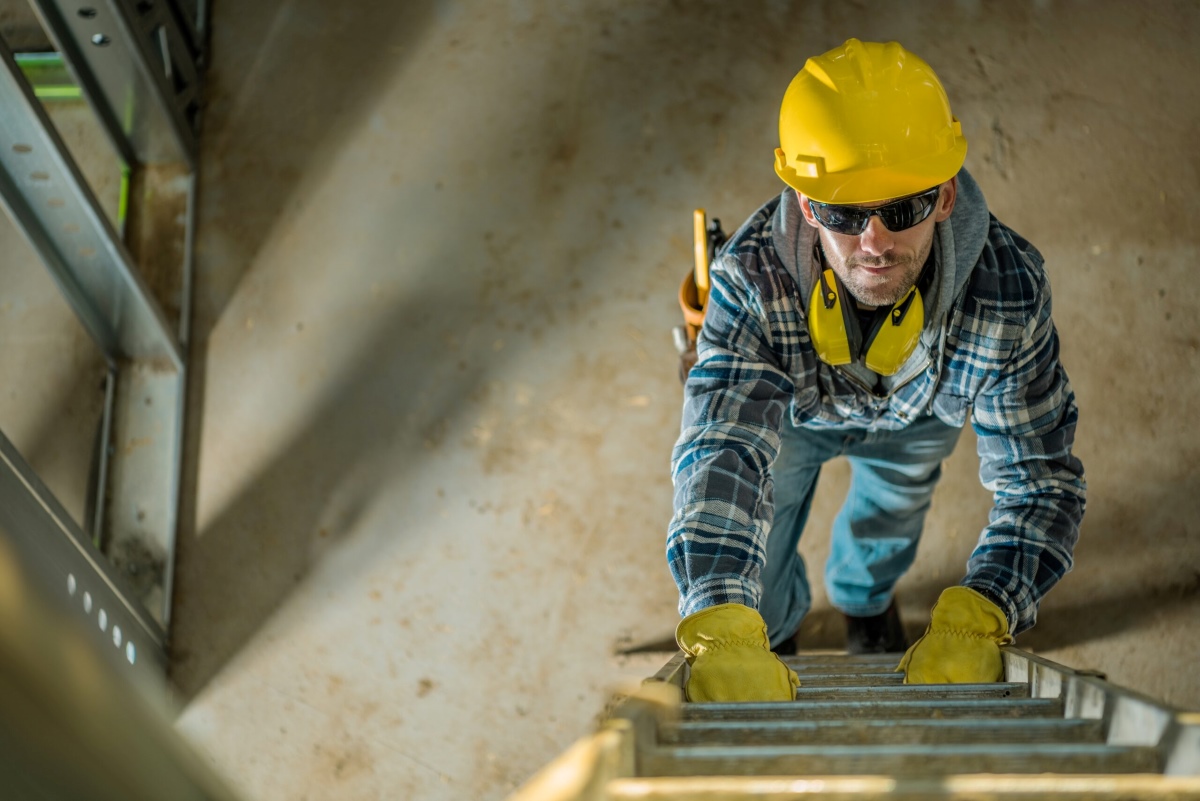





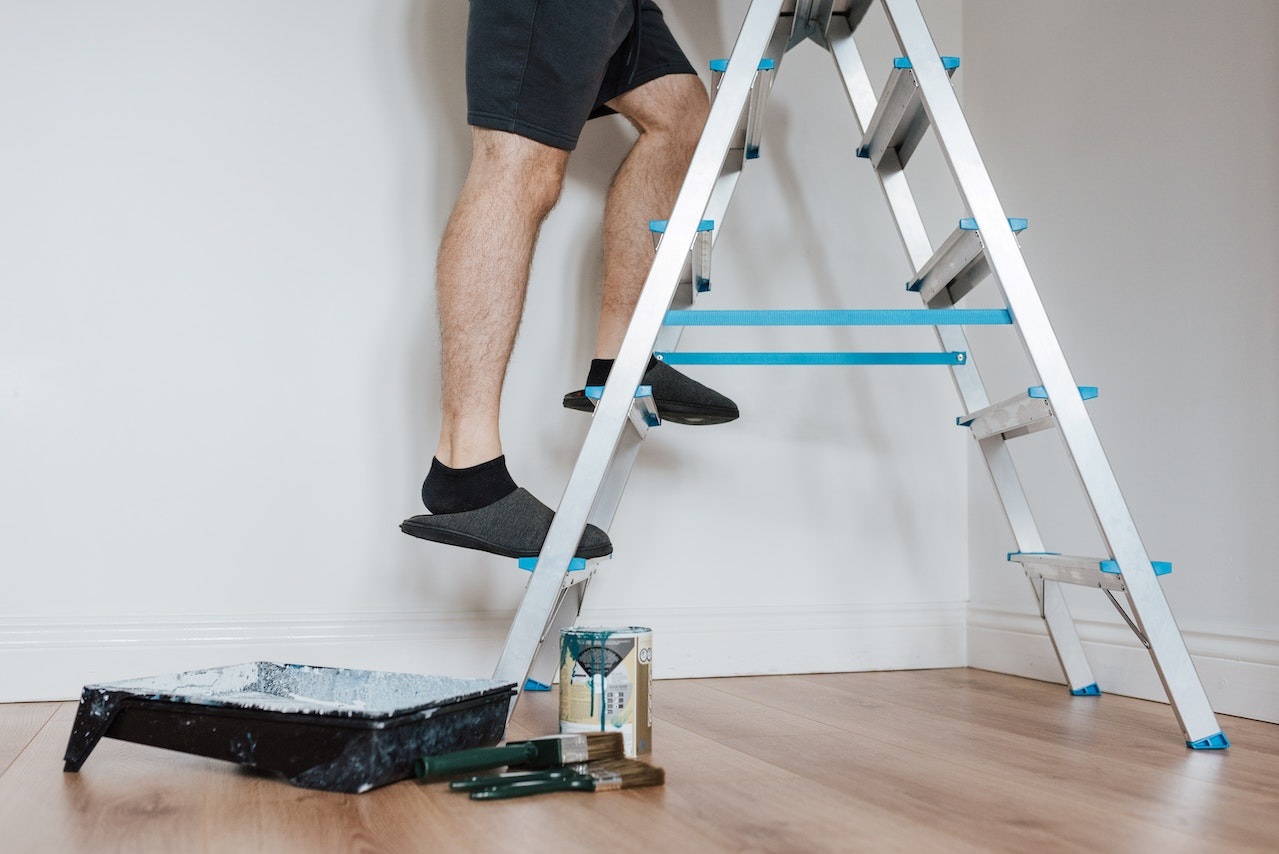
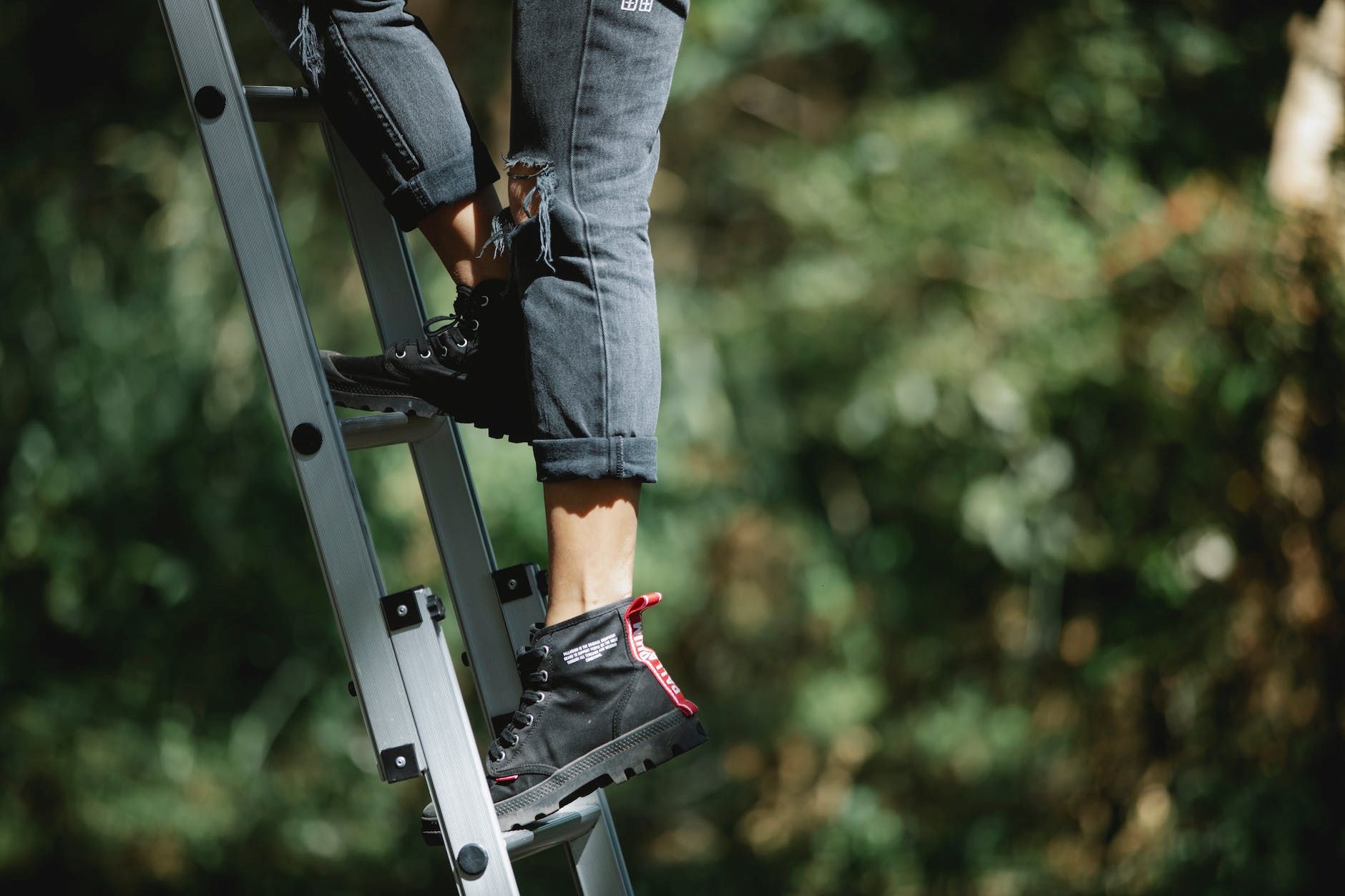
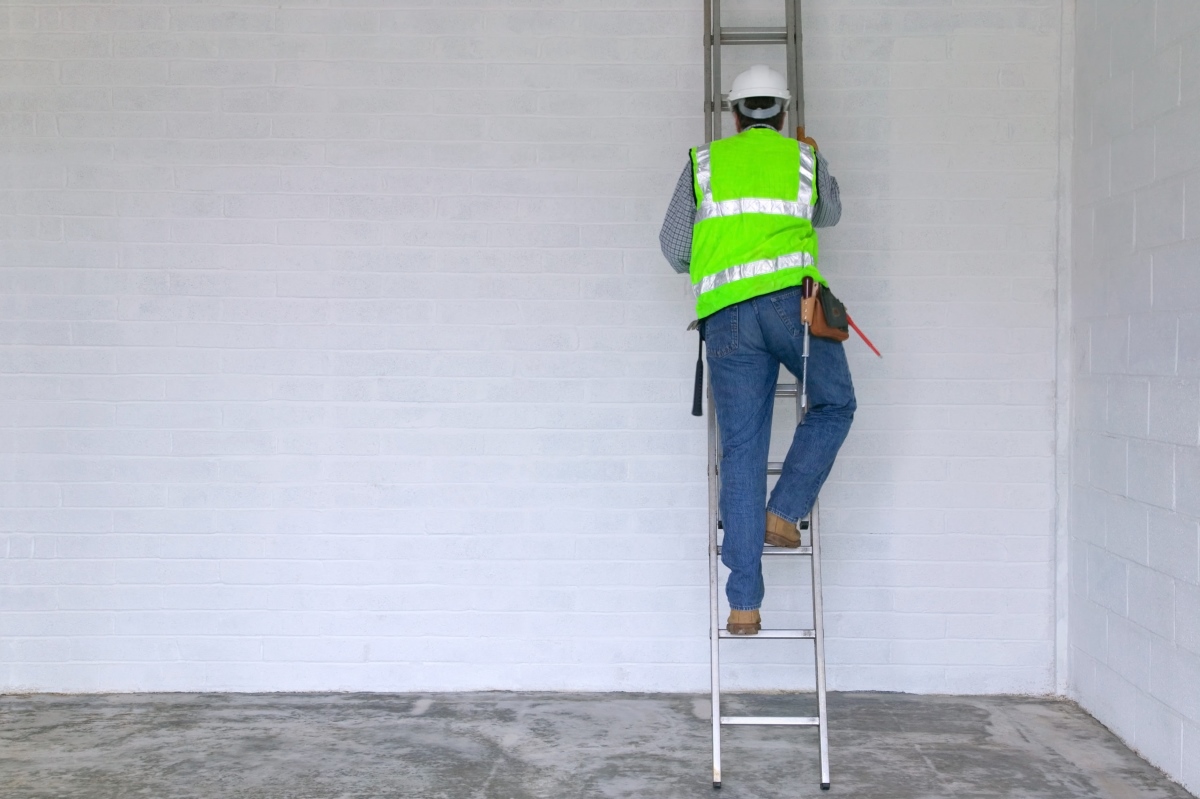
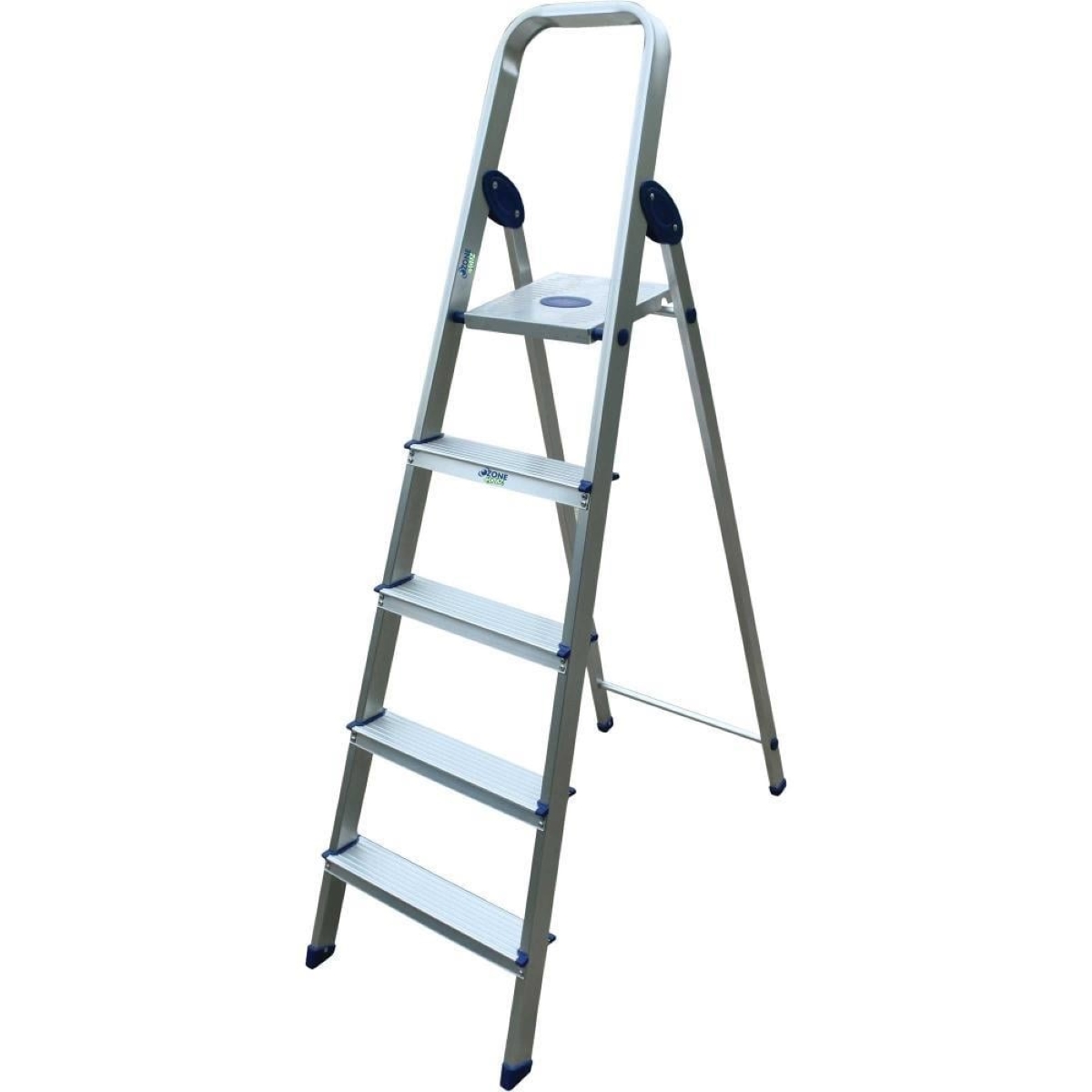
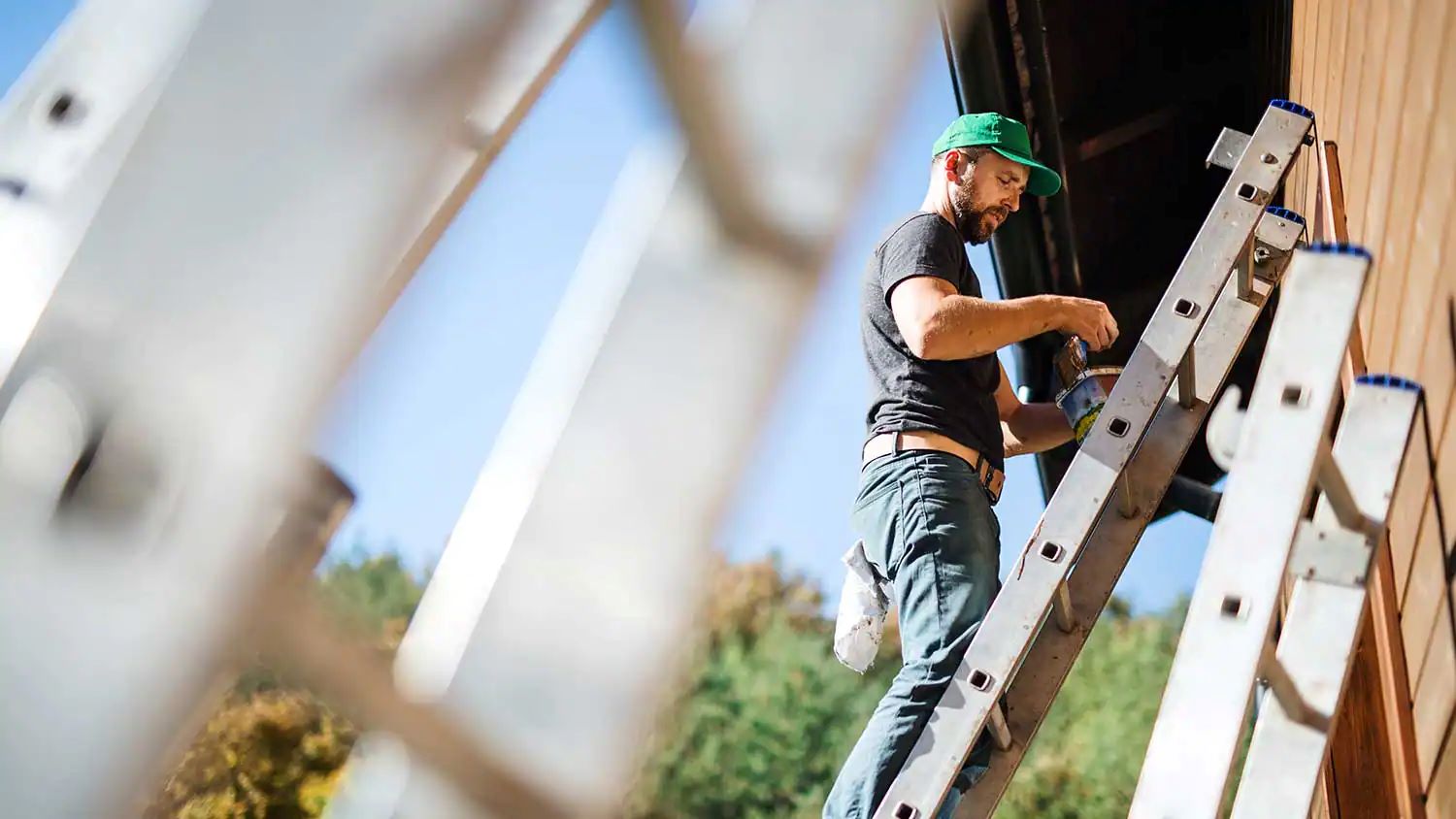

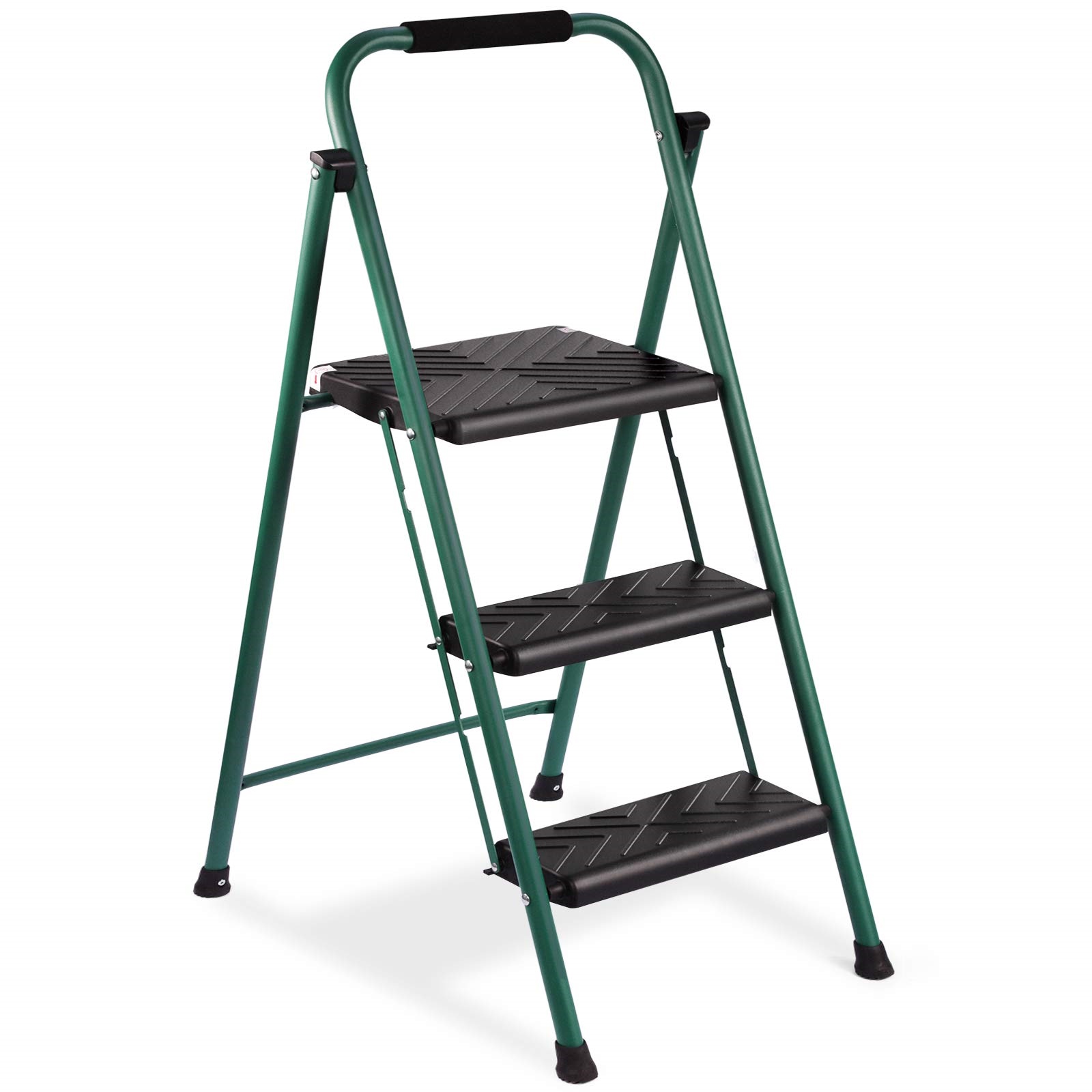
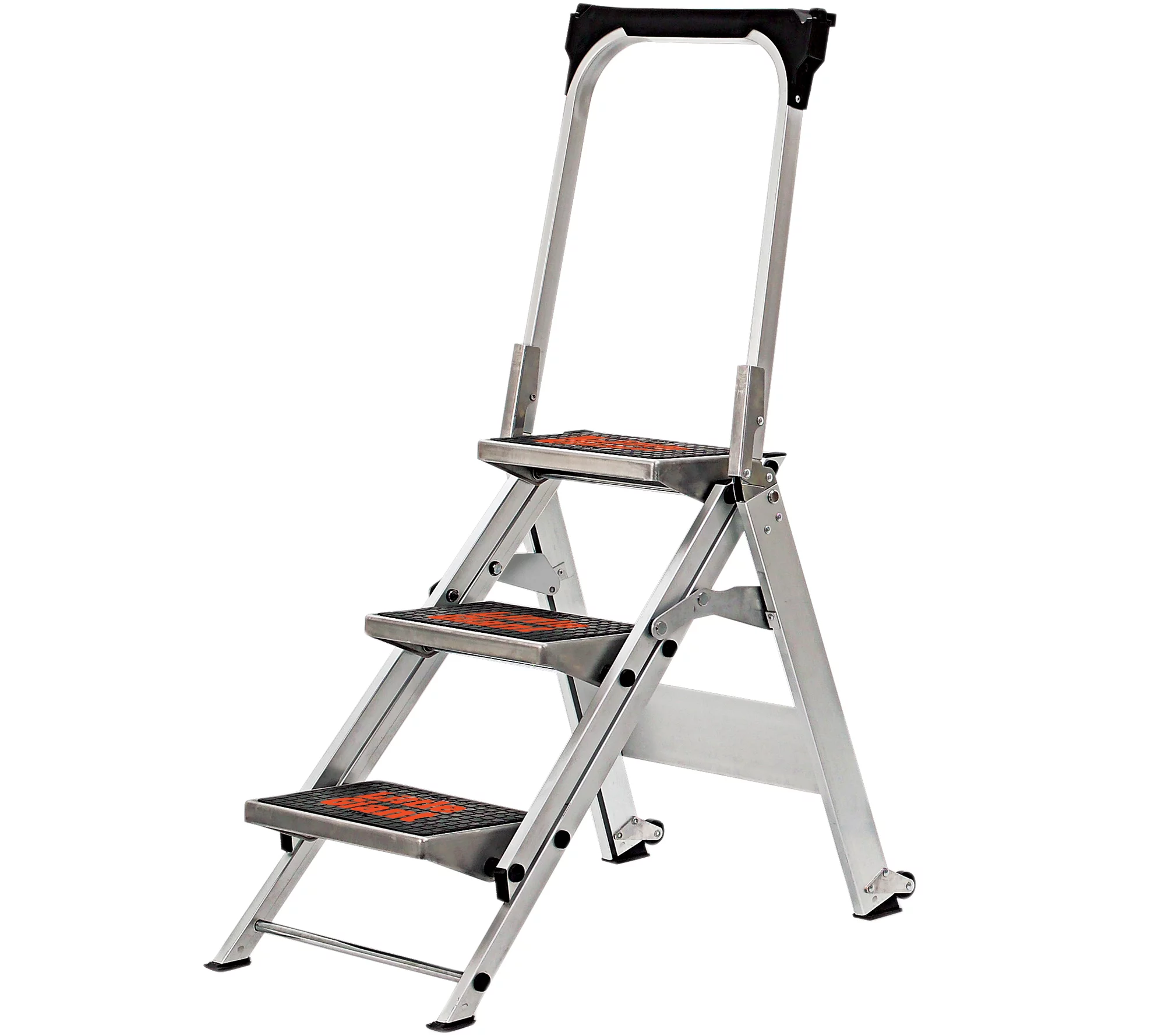

0 thoughts on “How High Can A Person Safely Climb On A Step Ladder”